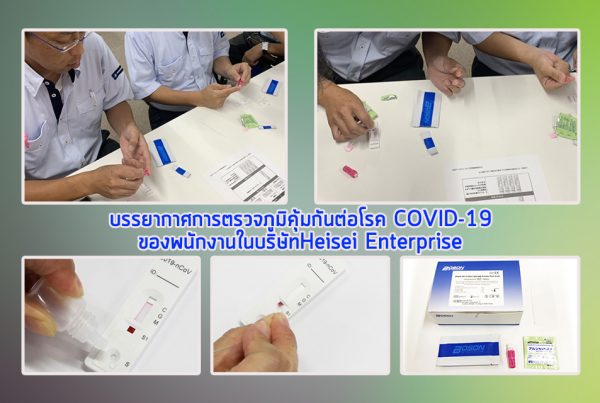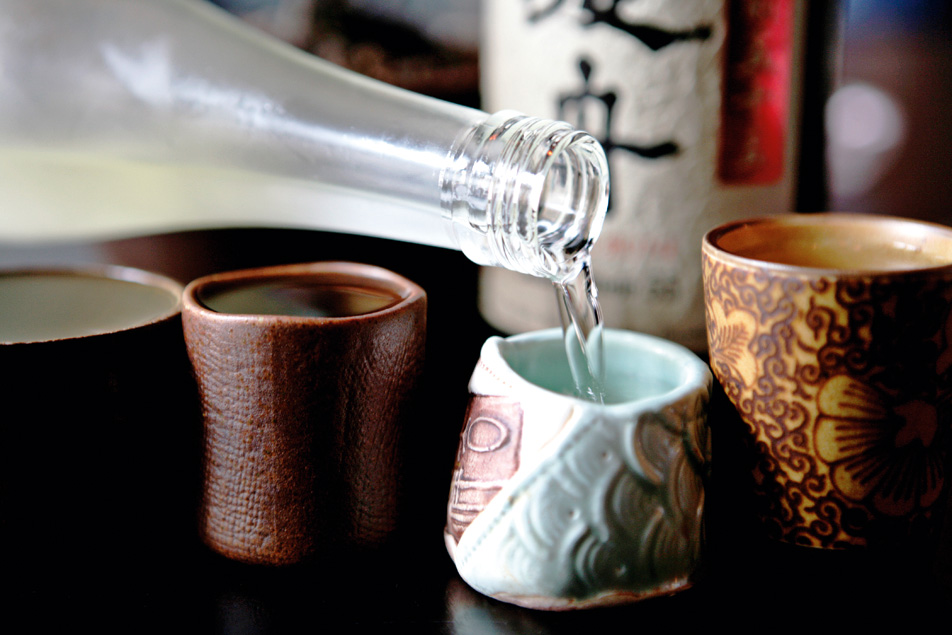
มีหลายคนสงสัยว่า SAKE ( สาเก ) SOJU ( โซจู ) เหล้าเกาหลี และ SHOCHU ( โชจู ) เหล้าญี่ปุ่น มันแตกต่างกันยังไง อย่างที่รู้กันดีว่าวัฒนธรรมการดื่มของคนญี่ปุ่นโดยปกตินั้น นอกจากเบียร์แล้วก็ยังมี เหล้าสาเกและเหล้าโชจูญี่ปุ่น แต่ทั้งเหล้าสาเกและโชจู มีคนตอบได้ไหมว่ามันแตกต่างกันตรงไหน แน่นอนว่าถึงแม้ว่าจะแยกไม่ออกว่าแตกต่างกันยังไงก็ยังดื่มเพลินได้อยู่ดีใช่ไหมล่ะ ฮ่าๆ แต่วันนี้ไหนๆก็พูดมาถึงขนาดนี้แล้วเราจะพาทุกคนมาแยกความเหมือนและความต่างของเจ้าเหล้าสองตัวนี้ดีกว่า
ความต่างอย่างแรก คือ กระบวนผลิต
เหล้าสาเกญี่ปุ่น = ใช้การหมัก
โชจู = ใช้วิธีการกลั่น
ถ้าจะพูดถึงความแตกต่างที่ใหญ่ที่สุดก็คงจะเป็นข้อนี้ เป็นในส่วนของกระบวนการผลิต ซึ่งถ้าเป็นเหล้าสาเก จะใช้กระบวนผลิตเดียวกับเบียร์และไวน์ นั่นคือการหมัก
แต่หากเป็นโชจูจะใช้กระบวนการผลิตเดียวกันกับ วิสกี้ วอสก้า และบรั่นดี นั่นคือวิถีการกลั่นนั่นเองค่ะ

ความต่างอย่างต่อไปก็คือ ระดับแอลกอฮอล์
อย่างที่บอกไปว่าทั้งสาเกญี่ปุ่นและโชจูที่ต่างกันที่กระบวนการผลิต แน่นอนว่าสิ่งต่างกันที่ตามมาหนีไม่พ้นระดับแอลกอฮอลล์อย่างแน่นอน โดยปกติแล้ววิธีการหมักเพื่อให้เกิดแอลกอฮอลล์จะใช้ยีสต์หรือเชื้อเหล้าเป็นตัวทำปฎิกิริยา หากยีสต์หยุดการทำงานแอลกอฮอลล์ก็จะไม่เพิ่มขึ้นเช่นกัน ซึ่งปกติแล้วยีสต์จะหยุดทำการหากอุณหภูมิเกิน 15 องศา ขึ้นไป ดังนั้นเมื่อต้องการให้อุณหภูมิสูงเกินก็จะทำให้ แต่ในทางกลับกันหากเพิ่มความเข้มข้นของแอลกอฮอลล์โดยใช่เครื่องกลั่นจะใช้อุณหภูมิเพียงแค่ 20-25 องศา
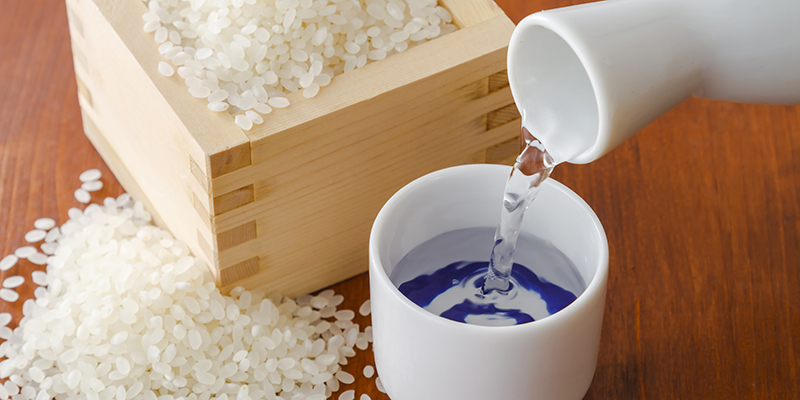
SAKE นั้นพื้นฐานแล้วจะทำมาจากข้าวหมัก บางคนก็เลยเรียกว่าเป็น RICE WINE ส่วน SHOCHU และ SOJU อธิบายแบบง่ายๆก็คือเป็น WODKA แบบชาวญี่ปุ่น และเกาหลีตามลำดับ
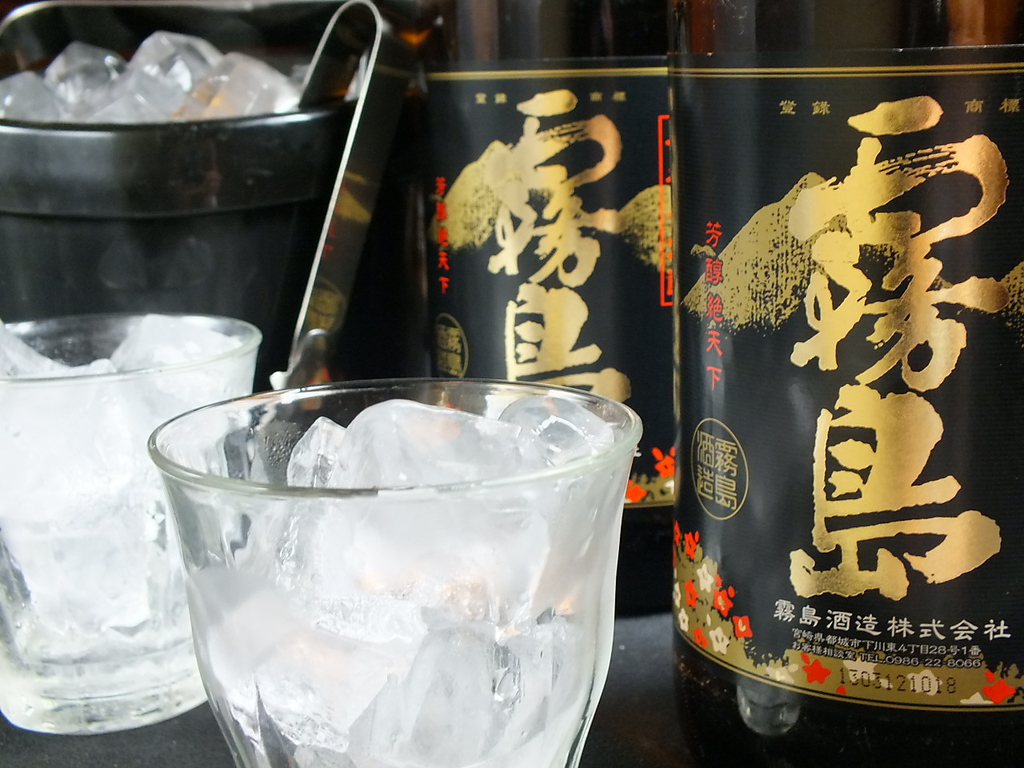
SHOCHU โดยปกติจะมี%แอลกอฮอร์ค่อนข้างสูง ประมาณ 25% (ขณะที่ SOJU ( เกาหลี ) เฉลี่ยอยู่ที่ 20% ) แต่กลับให้กลิ่นที่มีความนุ่มนวล
โชวจูจำแนกตามการกลั่นออกเป็น 2 แบบ
1. ผ่านการกลั่นหลายครั้ง ( kou-rui ) มักใช้กับการทำค็อกเทล ผสมชา และน้ำผลไม้
2. ผ่านการกลั่นครั้งเดียว( otsu-rui ) ทำให้ได้โชจูที่คุณภาพสูงกว่า โดยเฉพาะ Honkaku shochu ที่ในระหว่างการกลั่น จะไม่มีการเติมน้ำตาลลงไป ( ในขณะที่โซจูเกาหลีจะมีการเติมน้ำตาลระหว่างการกลั่น )
วิธีการดื่ม SHOCHU เหล้าญี่ปุ่น ที่เป็นที่นิยมมีหลายหลาย ตามแต่ความชอบ เช่น
- ดื่มเพียว ‘ neat ‘ / ‘ straight up ‘
สำหรับผู้ที่ต้องการซึมซับรสชาติอย่างแท้จริง - ดื่มกับน้ำแข็ง ‘ on the rock ‘
เติมน้ำแข็งสักก้อนสองก้อน แล้วค่อยๆ ดื่ม จะทำให้รู้สึกสดชื่น และรับรู้ถึงความนิ่มนวลของเหล้าโชวจู - ดื่มกับน้ำร้อน ‘ oyuwari ‘ / น้ำเย็น ‘ mizuwari ‘
ผสมน้ำเล็กน้อย หรือแม้แต่ชาอู่หลง จะทำให้ช่วยให้กินง่ายขึ้นสำหรับมือใหม่หัดดื่ม - ดื่มกับเบียร์
ผสมกับ low-alcohol beer-flavored ( hoppy ) - ดื่มแบบค็อกเทล ‘ chūhai ‘
ผสมกับเครื่องดื่มชนิดอื่น เพื่อปรับปรุงกลิ่นรสตามชอบใจ น่าจะถูกใจหนุ่มสาวๆ ที่เป็นคนชอบดื่มไม่มากก็น้อย
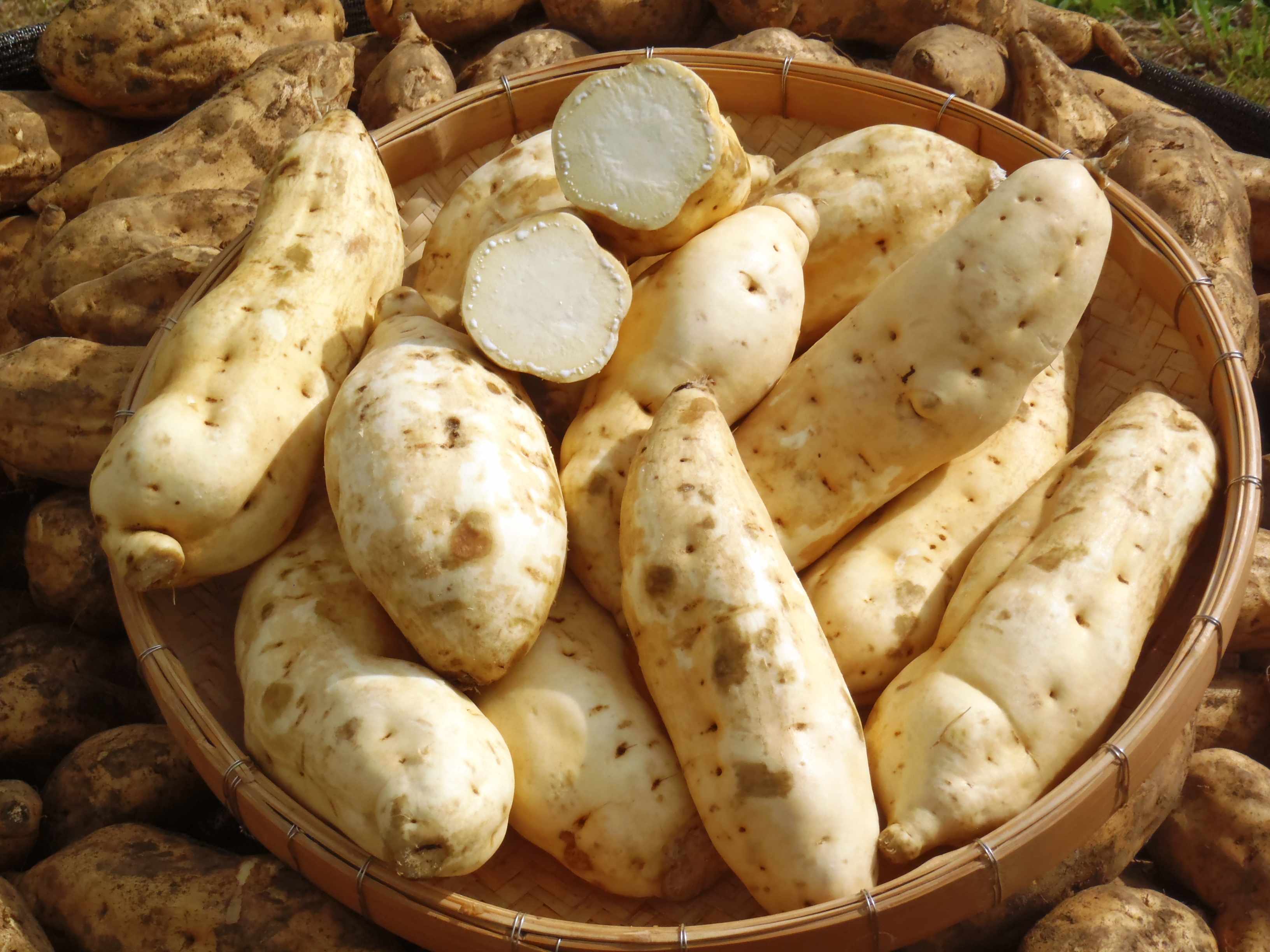
ขั้นตอนการบ่ม โชจู
1.นำมันหวานที่คัดเลือกมาอย่างดีมาล้างให้สะอาดและหั่นออกจากกันเพื่อนำมานึ่ง ระหว่างที่หั่นก็ต้องเช็คและคัดส่วนที่ไม่ดีออกด้วย
2. นำมันหวานที่หั่นเรียบร้อยแล้วมานึ่งด้วยอุณหภูมิ 91 องศาเซลเซียส ประมาณ 1 ชั่วโมง
3. เตรียมโคจิ
นำราโคจิไปผสมกับข้าวนึ่งเพื่อให้ราเพิ่มมากขึ้นเป็นเวลา 2 วัน โดยการใช้เครื่องมืออัตโนมัติ เมื่อเสร็จแล้วก็จะได้ราโคจิที่ผสมกับข้าว เรียกว่า ข้าวมอลต์ ซึ่งเป็นส่วนสำคัญในการทำโซจู
4. การเตรียมขั้นต้น
ใส่น้ำลงไปในข้าวมอลต์ ( ราโคจิผสมกับข้าว ) คลุกเคล้าและหมักทิ้งไว้ 5 วัน เพื่อทำให้เกิดยีสต์
5. การเตรียมขั้นที่สอง
ใส่น้ำและมันหวานที่นึ่งเรียบร้อยแล้วลงไปในข้าวมอลต์ที่หมักไว้ และหมักไว้อีก 8 วัน
6. การกลั่น
นำน้ำที่หมักไว้ไปเพิ่มความร้อนโดยการนึ่งหรืออบ จะทำให้เกิดการระเหยเป็นไอน้ำขึ้นซึ่งเป็นแอลกอฮอลล์และน้ำ ในขณะที่น้ำหมักจะถูกคนตลอด จากนั้นนำไอน้ำที่ได้มาทำให้เย็นลงก็จะได้แอลกอฮอลล์ที่มีความเข้มข้นสูง
7. การเก็บ
ใส่โชจูที่ยังมีความเข้มข้นสูงเก็บลงไปในแทงค์ และระหว่างการเก็บนี้รสชาติของโชจูก็จะเปลี่ยนแปลงตลอดเวลาเพื่อให้ได้รสชาติที่ดี
8. การผสม
เมื่อโชจูที่เก็บไว้ได้รสชาติที่คงที่แล้วก็จะได้รสชาติของโชจู

Kuro Kirishima SHOCHU แบรนด์ชื่อดังในญี่ปุ่นที่เรียกได้ว่ามีวางขายอยู่แทบทุกร้านอิสะกายะในญี่ปุ่นเลยก็ว่าได้ ใครอยากลิ้มลองรสชาติว่าเป็นยังไงลองหาสั่งมาดื่มกันดูนะคะ


